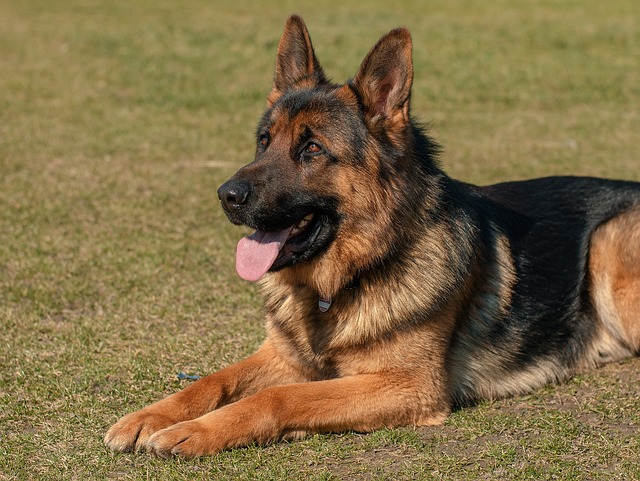
How can I tell if my dog's heatstroke is serious
Let’s be real: It’s a sticky August morning in Los Angeles, and you took your 2-year-old Golden Retriever, Max, for a walk a little later than usual
Lots of owners eye the thick double coat of their German Shepherd husky mix when summer hits, wondering if a shave will keep the dog cooler. But that dense fur actually works like a natural insulator—trapping cool air close to the skin in hot weather and retaining warmth in the cold, so shaving often does more harm than good. In some areas, like parts of Colorado, grooming practices that compromise a dog’s natural coat health can be flagged during routine animal welfare checks, as local laws prioritize preventing unnecessary stress or health risks to pets.
Shaving this mix can also mess with their coat’s growth cycle, leading to patchy regrowth or even permanent changes in texture—something many owners don’t realize until it’s too late. Their undercoat, which sheds heavily twice a year (often called “blowing coat”), needs regular brushing (2-3 times a week) to remove loose fur, not a shave. For example, in Oregon, local pet groomers are required to inform owners about the risks of shaving double-coated breeds before starting any service, per state guidelines that protect animal well-being.
 Another risk is sunburn—without their coat’s natural protection, areas like the nose, ears, and back are exposed to harsh UV rays, which can cause pain, peeling, or even long-term skin damage. This is especially a concern for owners who take their dogs hiking or to dog parks during peak summer hours, common activities in places like Utah or Montana. Some local councils even offer free skin checkups for dogs at community events, emphasizing sun safety as part of responsible pet care.
Another risk is sunburn—without their coat’s natural protection, areas like the nose, ears, and back are exposed to harsh UV rays, which can cause pain, peeling, or even long-term skin damage. This is especially a concern for owners who take their dogs hiking or to dog parks during peak summer hours, common activities in places like Utah or Montana. Some local councils even offer free skin checkups for dogs at community events, emphasizing sun safety as part of responsible pet care.
Behaviorally, a shaved German Shepherd husky mix might feel vulnerable—these breeds have strong working dog instincts, and a sudden change in their appearance can make them more skittish or defensive around other dogs. Vets in places like Arizona often note an increase in anxiety-related behaviors (like excessive barking) in shaved double-coated breeds during summer, linking it to the loss of their natural “protective layer.”
Instead of shaving, stick to regular brushing, provide plenty of shade and fresh water, and avoid intense exercise during the hottest parts of the day—these steps keep your mix comfortable without violating local animal welfare laws or harming their health. Remember, caring for their coat the right way isn’t just about keeping them cool; it’s about honoring their natural biology and meeting the legal standards of responsible pet ownership in your area. Your vet can also recommend breed-specific grooming tools that make managing their thick fur easier year-round.

Let’s be real: It’s a sticky August morning in Los Angeles, and you took your 2-year-old Golden Retriever, Max, for a walk a little later than usual

You're enjoying a summer afternoon at the park when you notice your dog has stopped panting and appears disoriented - their gums are bright red

Let’s paint the picture: You’re in your Denver apartment, watching your 4-year-old Boston Terrier, Ruby, plop down mid-play session with her favorite toy

Many dog owners notice their pets nails seem shorter after regular walks,but how much does this daily activity actually help?The answer depends on where you walk—concrete sidewalks or asphalt streets gently file nails as a dog's paws hit the ground

Most dog owners notice their pup scooting across the carpet at some point, but few connect it to impacted anal glands. These small sacs near a dog’s rectum secrete a scent for marking territory

Most vets agree that regular dog teeth cleaning is key to avoiding painful dental issues later. For healthy adult dogs, a professional cleaning at the vet’s office every 12 to 18 months usually works well.